Products You May Like
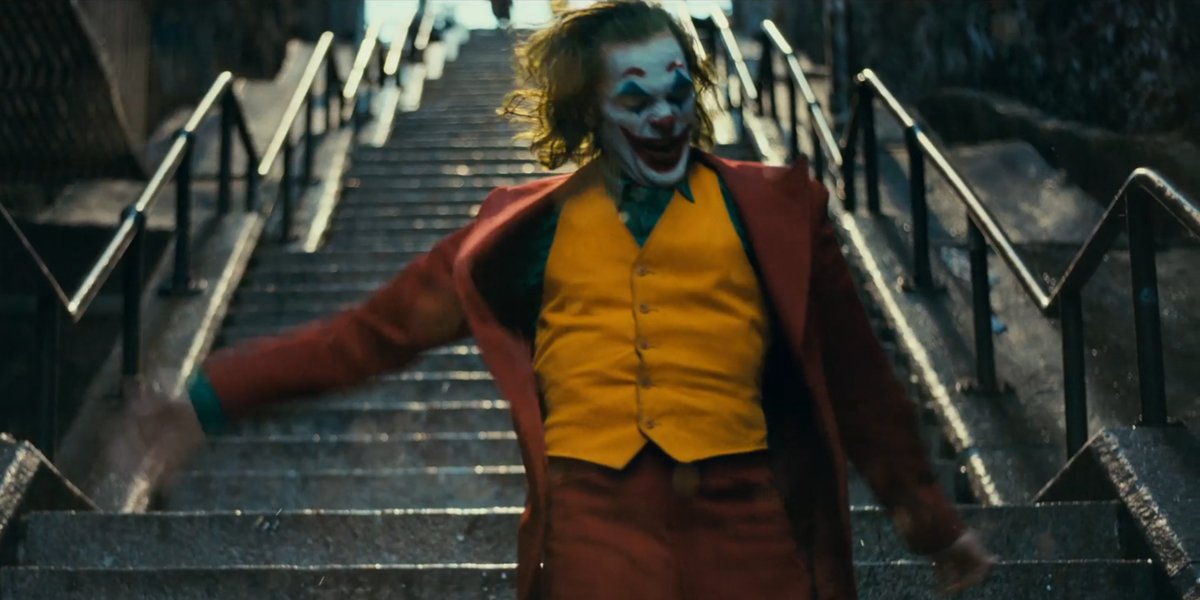
SPOILER WARNING: The following article contains major spoilers for Joker. If you have not yet seen the film, continue at your own risk!
As long as the character has existed, The Joker has come part and parcel with a certain degree of ambiguity. He’s long been maintained as a villain with a mysterious past in DC Comics, with even the most agreed-upon origin story, Alan Moore and Brian Bolland’s “Batman: The Killing Joke,” famously including the line, “If I’m going to have a past, I prefer it to be multiple choice!”
It’s an interesting thing to consider when reflecting on Todd Phillips’ new Joker movie, but what certainly keeps it within the classic tradition of the Clown Prince Of Crime in that it works hard to create a hazy cloud of question marks that don’t dissipate by the time the story has concluded. There are some big swings taken in terms of ideas that are presented, and the film purposefully aims to have you talking about them as you leave the theater.
Specifically, there are four developments in the movie that leave us scratching our heads, and we’re using this space to talk them out:
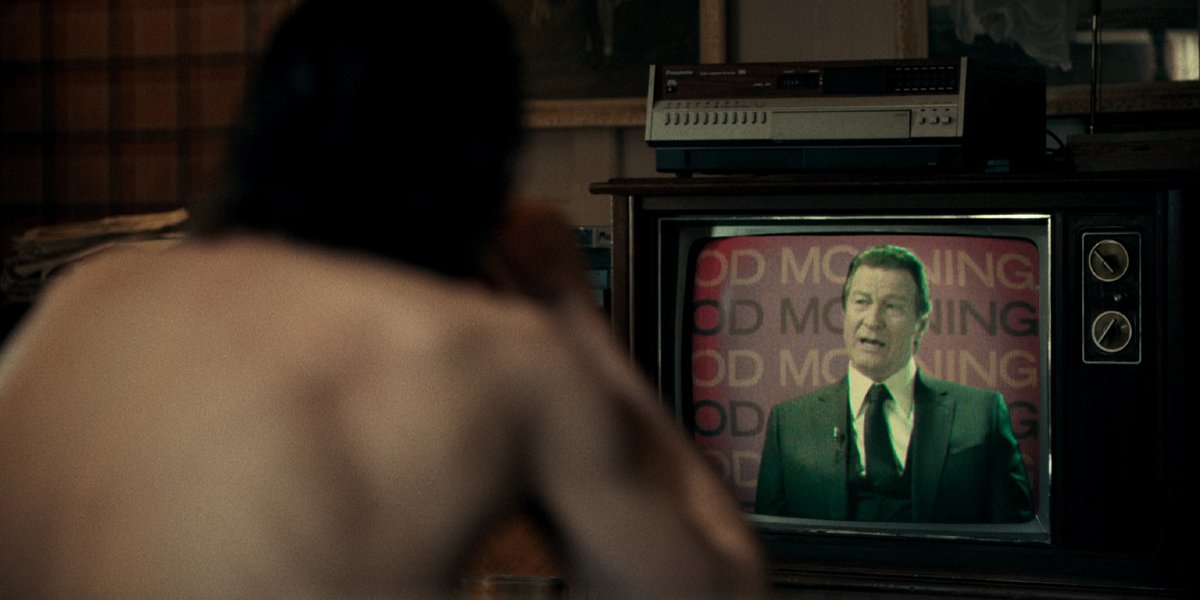
Is Arthur’s dad really Thomas Wayne?
Let’s start with the big one, shall we? One of the most surprising and important plot developments in Joker is the revelation that Arthur Fleck may or may not be the illegitimate son of Thomas Wayne. His mother, Penny Fleck, used to work at the Wayne Manor, and – as revealed in letters that Penny regularly sends to her former employer – she firmly believes that her child was born as a result of an affair she had with the Gotham billionaire.
However, by the end of the movie we are purposefully left wondering whether or not Thomas Wayne is really Arthur Fleck’s father. As far as the ages of the characters go, the timeline works, and Penny certainly seems to be without any doubt – but official documentation tells a different story. Not only are there forms that say that Arthur was adopted, but Penny’s credibility is questionable due to the fact that she was previously diagnosed with delusional psychosis and spent time in mandated institutional care.
Of course, we can’t just be blinded by “official” documents, particularly because of the significant influence Thomas Wayne has in Gotham City. He certainly wouldn’t be the first billionaire in history (fictional or otherwise) to try and cover up a scandal by declaring his accuser mentally incompetent. It certainly wouldn’t have been hard for him to have Penny committed to Arkham State Hospital, and then drugged to the point of brain deterioration. It’s really your basic conspiracy theory, particularly made plausible by the photograph of Penny with the affectionate note on the back: “Love your smile – TW.”
The parentage question is one kept open-ended by Joker, and even the main character seems ambivalent about it towards the end (hence the burning of aforementioned photograph), but it will surely be a topic of conversation among DC fans for years and years to come.
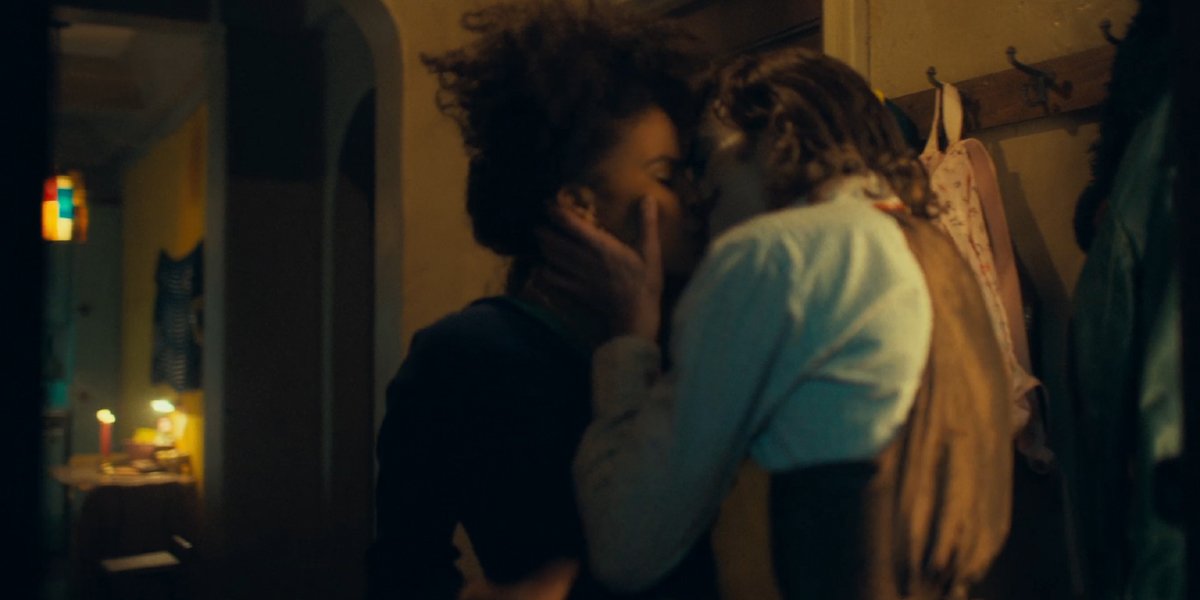
What happens to Sophie?
There really isn’t any part of Joker that is meant to make you feel overly comfortable with the relationship between Arthur and Sophie – the young single mother who lives down the hall from him in his dilapidated apartment building. Their first meeting in the elevator is awkward bordering on disturbing, as Arthur’s mock suicide-by-gunshot isn’t quite as funny and cute as Sophie’s when complaining about their living conditions, and their relationship progresses extremely quickly despite the fact that his perceived “courtship” is actually quite creepy.
Because of this, it makes all the sense in the world late in the film when it’s revealed that everything about their relationship is part of a delusion. They didn’t hook up after he killed those businessmen; she never went to see his comedy; they never went on any dates; and she wasn’t there with him in the hospital following his mother’s stroke. It all comes crashing down when Arthur breaks into Sophie’s apartment after his trip to Arkham, and the budding psychopathic serial killer is greeted with fear instead of love.
But what happens after that? The scene has Sophie work hard to keep the situation calm, asking if Arthur knows that he is in the wrong apartment, and Arthur bemoans the bad day he’s had before bringing back the mimed suicide “gag” – but as he leaves there is ambiguity created in regards to whether his departure is peaceful or violent. Sophie doesn’t appear in the rest of the film, and the audience is left not knowing if she is alive or dead.
Again, there’s an argument to be made for both potential answers. On one hand, Arthur doesn’t really have any specific reason to kill her, and is shown later in the movie to demonstrate a degree of mercy to those who are kind to him (like his former colleague Gary, for example). At the same time, though, this is a character who is entirely unpredictable, so it’s a foolish endeavor to take any possibility off the table – particularly because the encounter occurs when he happens to be extremely emotionally vulnerable.
Perhaps Zazie Beetz will eventually shed some light on the matter, and how she perceives the fate of Sophie in Joker.
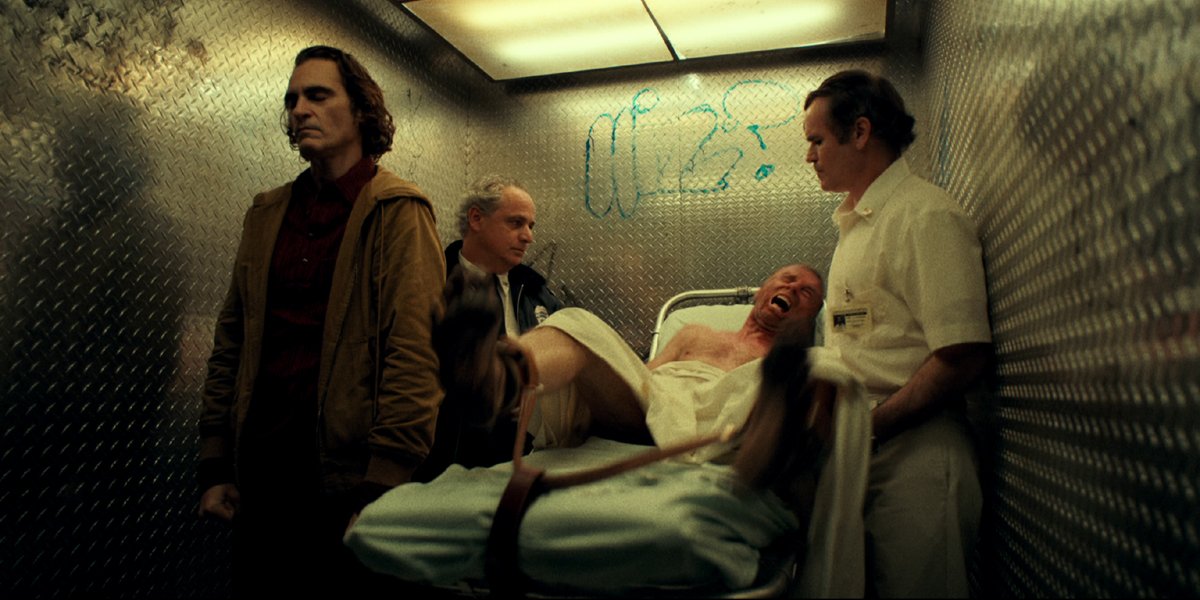
Did Arthur ever actually leave the hospital?
A big part of what contributes to the atmosphere of uncertainty in Joker is the fact that its titular character is what one could call a tremendously unreliable narrator – which is to say that it is his perspective that is driving the plot of the movie, but we as an audience can’t always trust exactly what is being presented. The way things unfold with Sophie, and how we don’t fully understand the reality of the situation until Arthur himself understands it, is a perfect example.
The truth, though, is that the movie goes much deeper with this than just micro examples like that. Examining the film from a macro perspective, it’s not entirely clear whether or not any of the events that are depicted actually happen, or if they are all just bits of creativity from the imagination of Arthur Fleck, who has spent years locked away in Arkham State Hospital.
This idea is something you probably don’t fully recognize until you see Joker a second or third time, because it’s particular details that lend credence to this idea. For example, you’ll notice early in the movie that the clock in Arthur’s social worker’s office is set to 11:11, which also strangely is the exact time that can be read on the wall during the “flashback” when the mentally disturbed man is shown smashing his head against a door while institutionalized. Perhaps a suggestion that the two events are concurrent, and that the “flashback” is actually a peek into reality?
Going from the beginning to the end of Joker, it’s also noteworthy that the film concludes with Arthur back in therapy and surrounded by white walls – laughing at a joke inside his head “you wouldn’t get.” Is the joke the idea that anybody could pin down a specific origin story for the legendary chaotic character? It’s a thought that the blockbuster doesn’t outright dismiss.
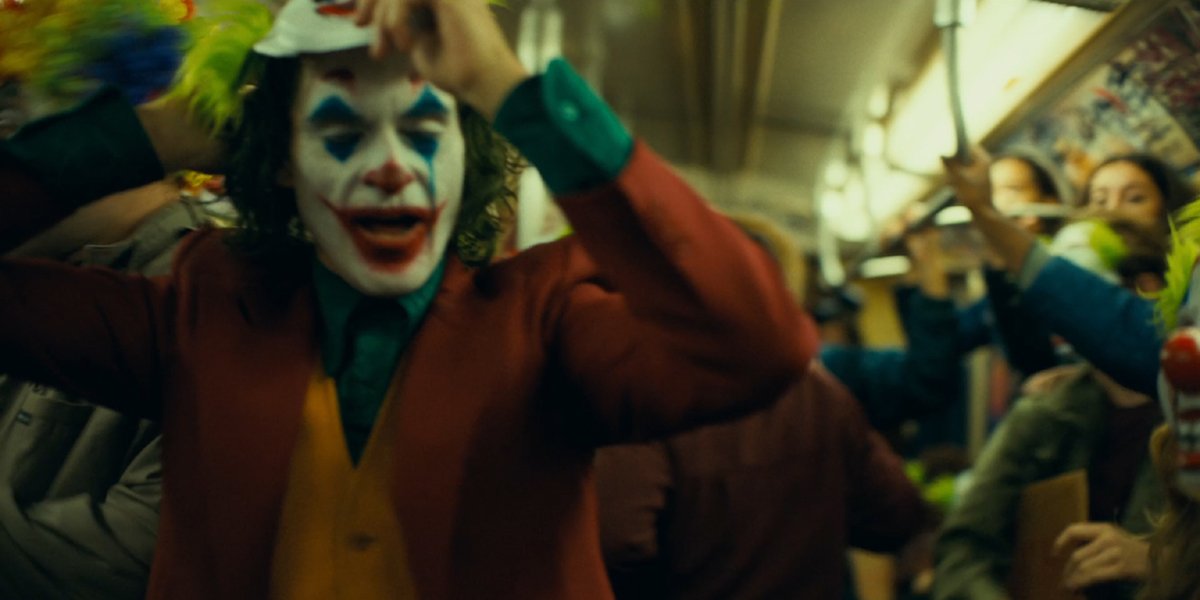
Is Arthur Fleck “The” Joker?
One question that has persisted around Joker long before its release is about the story fitting and co-existing with what we all recognize as the traditional Batman narrative – which is to say having young Bruce Wayne watch his parents get murdered in an alley and grow up to fight crime (and The Joker) as a costumed vigilante. Over the last few months, many have pointed out the odd math that the film introduces, namely that Joaquin Phoenix is 35 years older than Dante Pereira-Olson (who plays Bruce Wayne), and fans have wondered if it would be something that the movie would directly address.
And in a way, it does. There is no questioning that Arthur Fleck goes through a transformative experience, and part of that transformation is wearing clown makeup and committing to a murderous lifestyle – but he’s noticeably not the only one who makes that kind of a leap. Thanks to Arthur’s subway killings, and the rhetoric used by Thomas Wayne, there are many Gothamites who use clown disguises to take part in anti-social behavior, and it very much inspires a wave of class warfare. As he becomes Joker, Arthur is held up as a leader of the movement, particularly after the televised murder of Murray Franklin, but one could imagine that while he becomes a figurehead, he’s not necessarily the one and only who, years in the future, will go up against Batman.
If Dante Pereira-Olson’s Bruce Wayne is 25 when he returns to Gotham after years training abroad, that will mean that Arthur is 60 – and while Joker has never been depicted as much of a match for Batman physically, there is an angle where that showdown has a touch of “beating up an old man.” As an alternative, perhaps this universe is more in-line with the one created by Tim Burton in 1989, and it will actually be the man who is shown killing Thomas and Martha Wayne who becomes the Dark Knight’s most famous foe.
In the case of this particular question, the answer is a bit more ambiguous because it is not really an issue that Joker is ultimately concerned with. This is notably a Joker movie and NOT a Batman and Joker movie, so what could potentially happen in the future with that relationship isn’t the most important thing being kept in consideration.
Where do you stand on any of these questions? Do you think that the evidence presented points more in one direction or another for any of them? How do you feel about the maintained ambiguity throughout the entire film? We want all of your Joker thoughts, feelings, and opinions in the comments section below, and then head back to the theater, see it again, and tell us if you noticed anything different during your second viewing.

